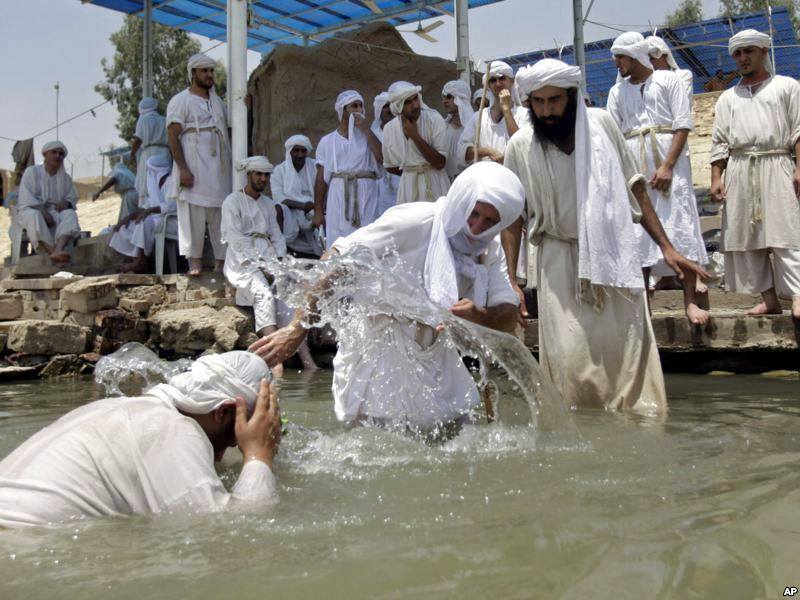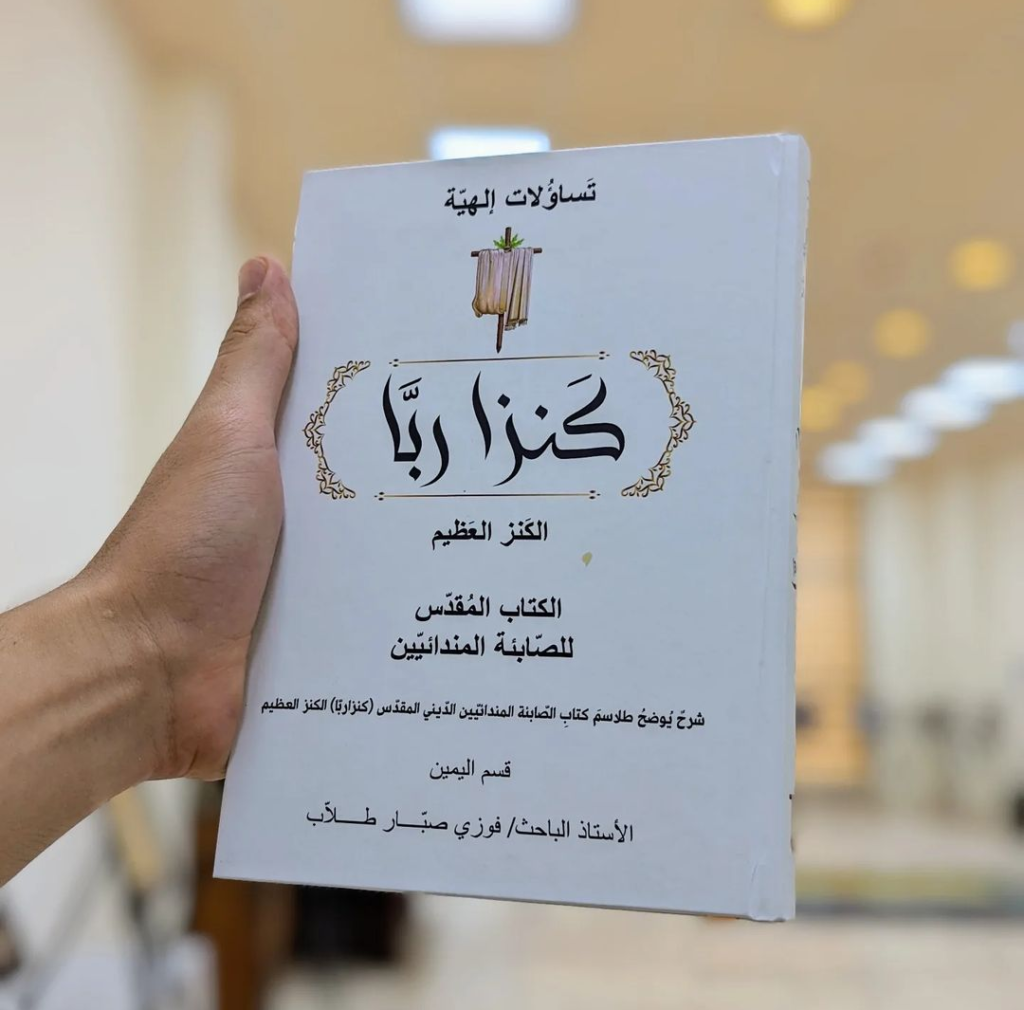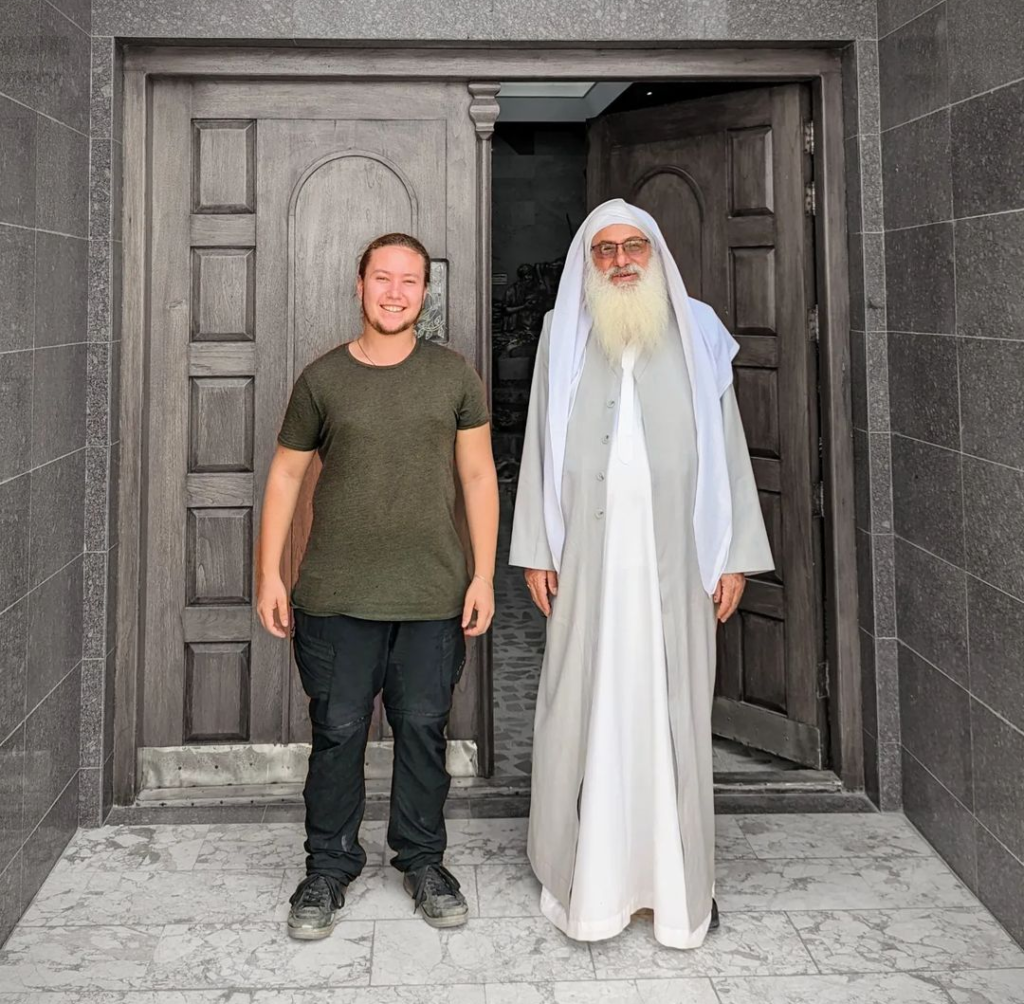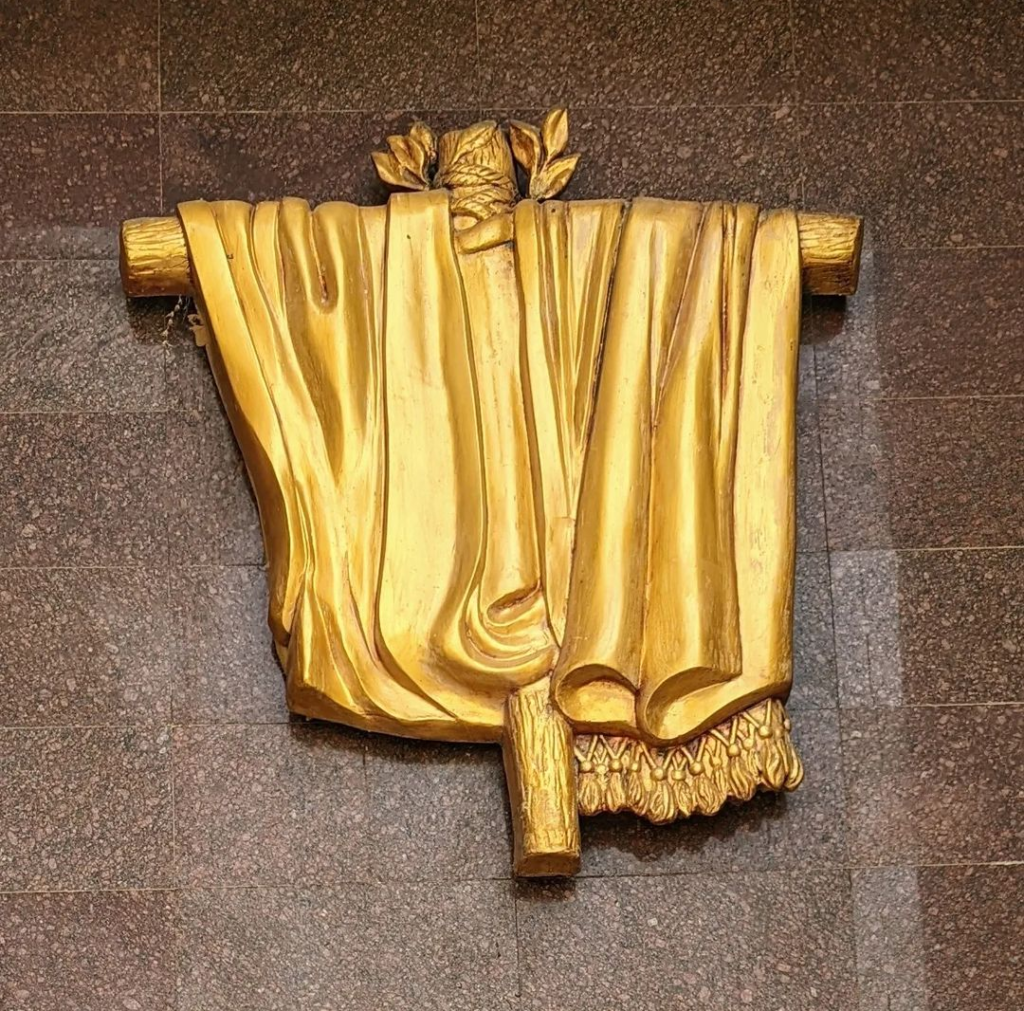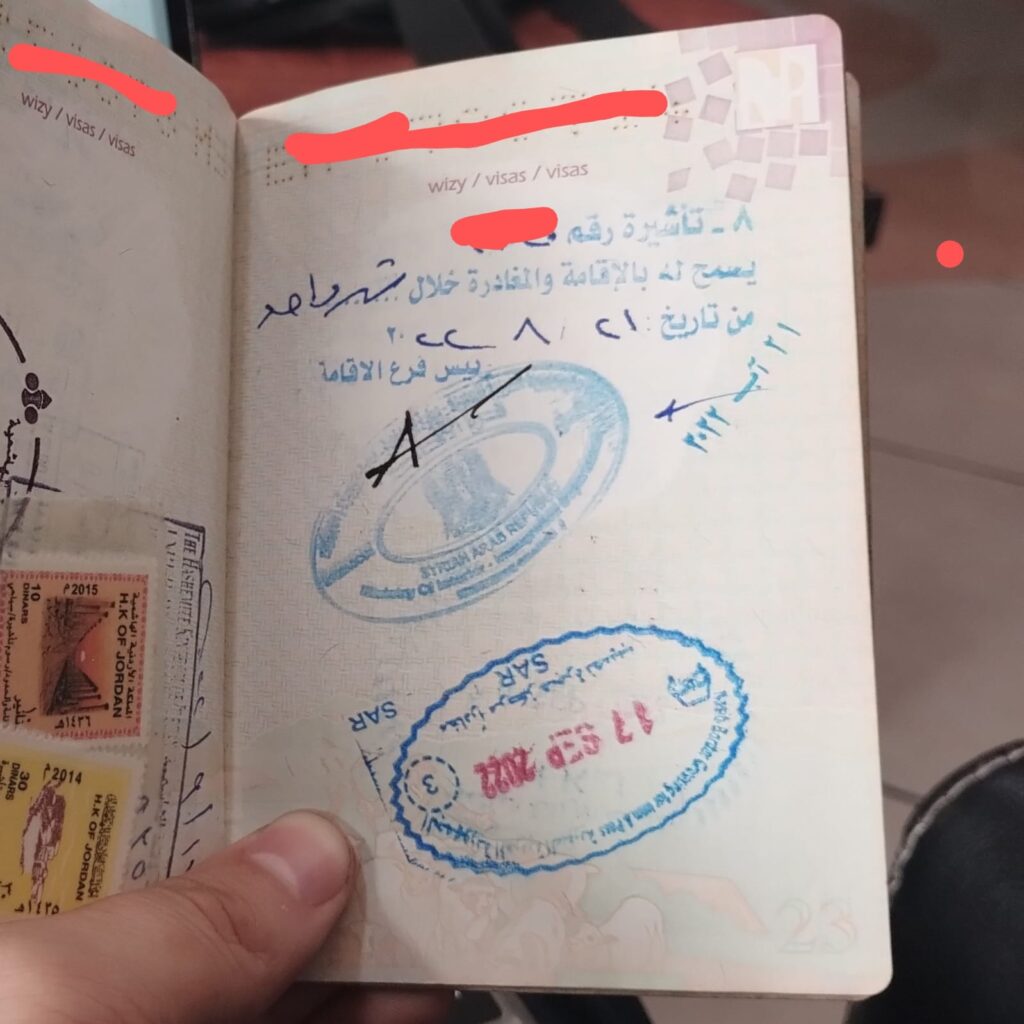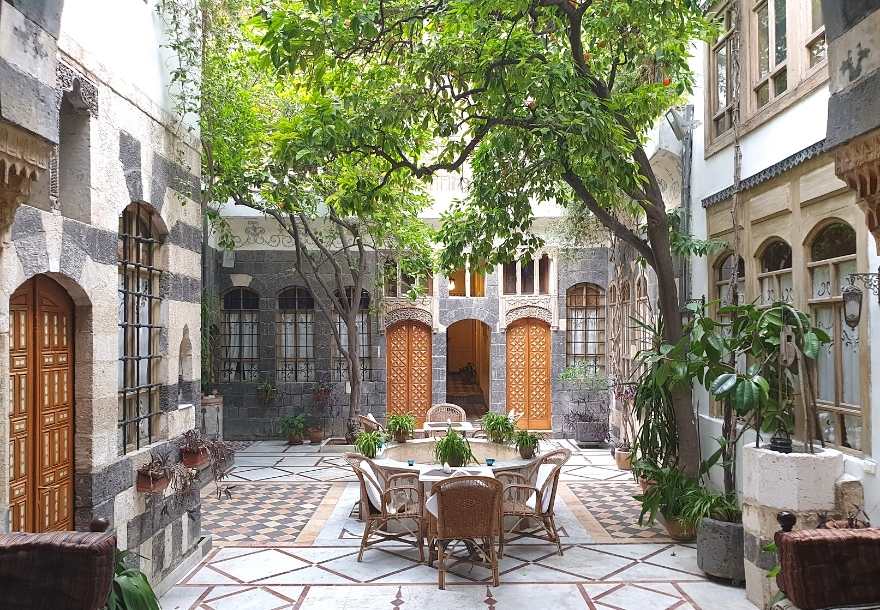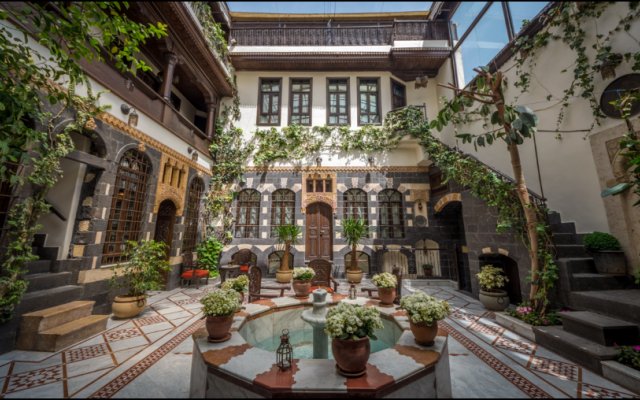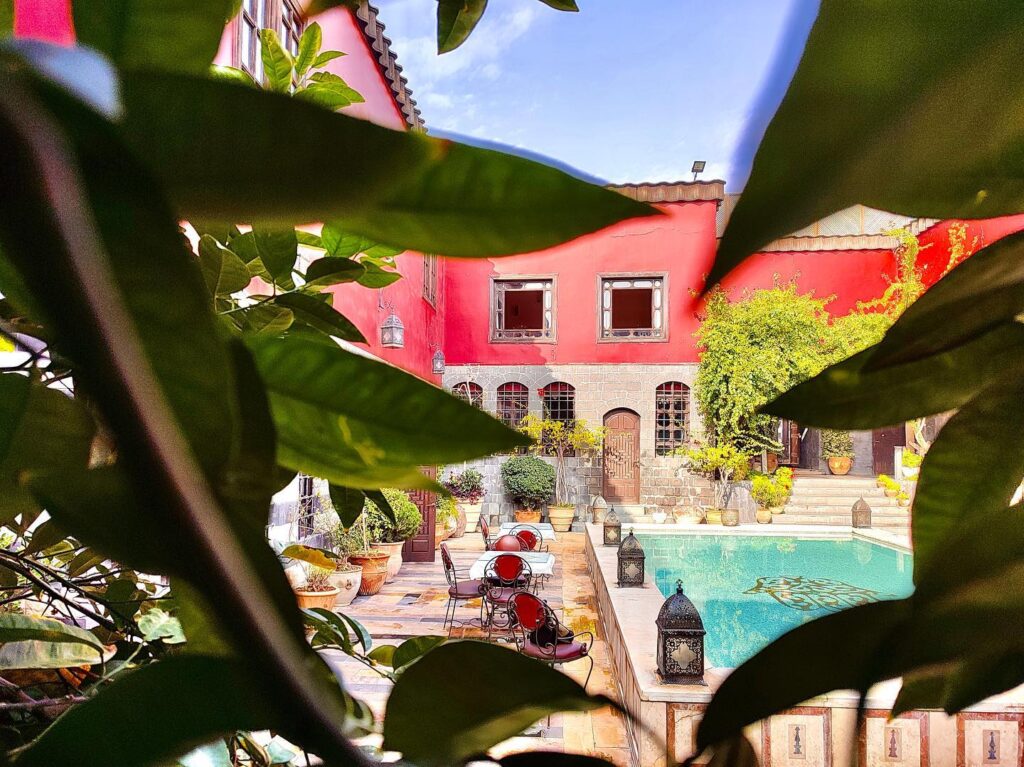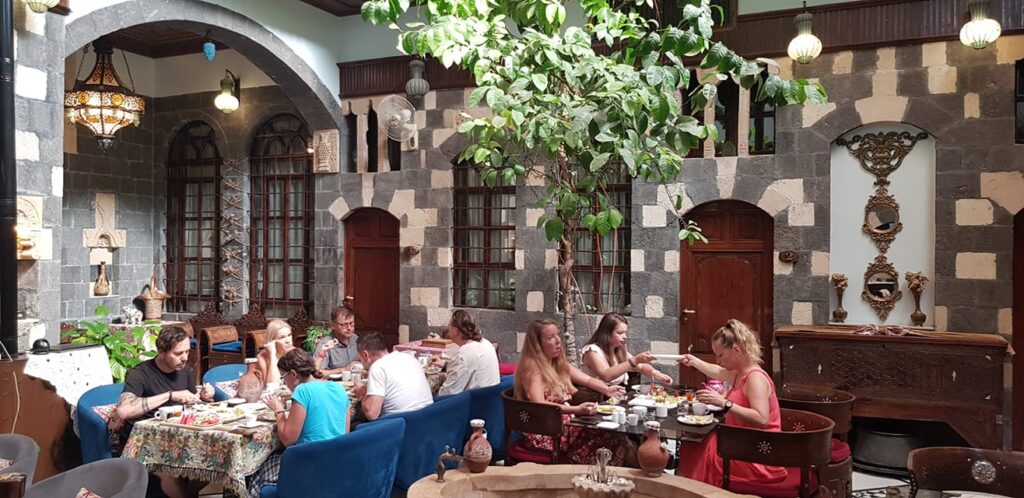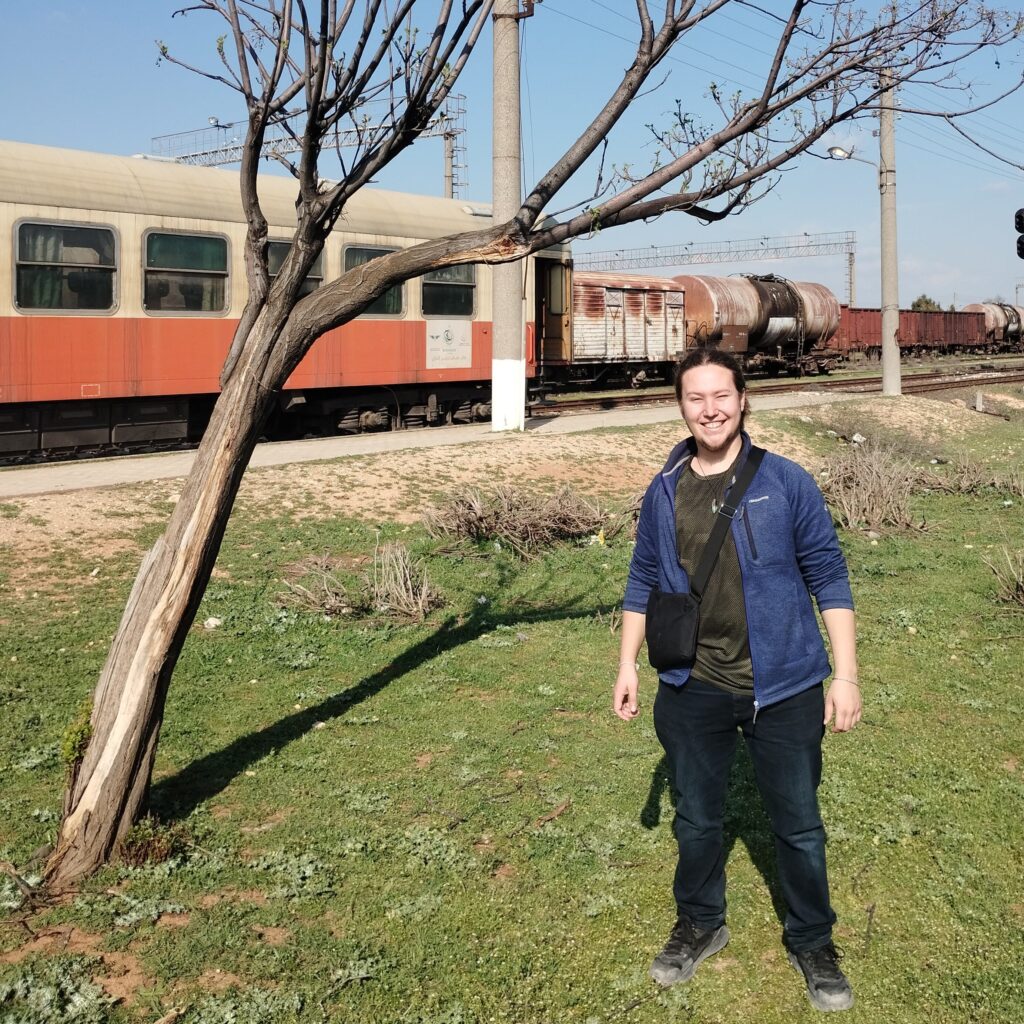How does visiting one of the most tense international borders sound? Well, to most, it sounds quite frightening. Who knows when a war between Israel and it’s neighbours might set the region on fire. Although such a war could break out at any point, until it does, Southern Lebanon is actually very safe to visit, as longer as you’re aware of the political situation in the area and you don’t do anything “stupid”. In fact, since 2006, very few security incidents have been noted. When I say “Southern Lebanon”, I’m not referring to the touristic cities of Tyre and Sidon (well, touristic by Lebanon’s standards). Rather, I am referring to the areas south of the Litani river that straddle the border with occupied Palestine (known to some as Isr*el). This area is one of the most geographically rich in all of Lebanon, with the famous Mount Hermon towering over its towns and villages. Furthermore, the recent history is also fascinating, albeit brutal, and the complex political realities confuse even the most well-read student of political science.
Welcome to Southern Lebanon, a region patrolled by United Nations peacekeepers, but where the real control lies with Hezbollah and other umbrella organisations. If you’re not Lebanese, you’ll need a special permit to visit this area, and there are army checkpoints on the way that ensure you’ve got it.
So, how do I get a permit to visit Southern Lebanon?
Well it’s certainly not hard to get, but the issue is that information about how to do so is lacking online, meaning that many potential visitors are clueless about how it can be done. In essence, it’s a simple process. You must visit an army base in Sidon city with photocopies of your passport information page and entry stamp, wait for an officer to show up, and then undertake a brief interrogation about the purpose of your visit to Southern Lebanon, as well as a background check. For instance, what is your profession, where did you grow up etc. If all goes smoothly (in almost all cases, it will), you’ll be issued the permit within around 15 minutes. There is a chance (unlikely), however, that if you show up on a weekend, you might be turned away. To ensure success, make sure you go on a weekday if you have the chance.
So where is this army base actually located? It’s not labeled on Google Maps, or any other map as far as I’m aware.. Either click the following link or type in the coordinates on Google Maps to know where it’s located.
Link: https://goo.gl/maps/VQGsW24PG6ukqjzCA
Coordinates: 33.551832, 35.383113
Or, if you speak Arabic, and you’re coming from Beirut, just ask the soldiers at the checkpoint upon entering Sidon where the place to get Southern Lebanon permits is located, and they should direct you. (“Tasrih Al Jnoob” = “Permit for the South” in Arabic).
What are the best places to visit?
So now that you’ve got the permit, where should you go? In no specific order of which is “the best”, here are some of my favourite and most interesting places in Southern Lebanon:
- Naqoura
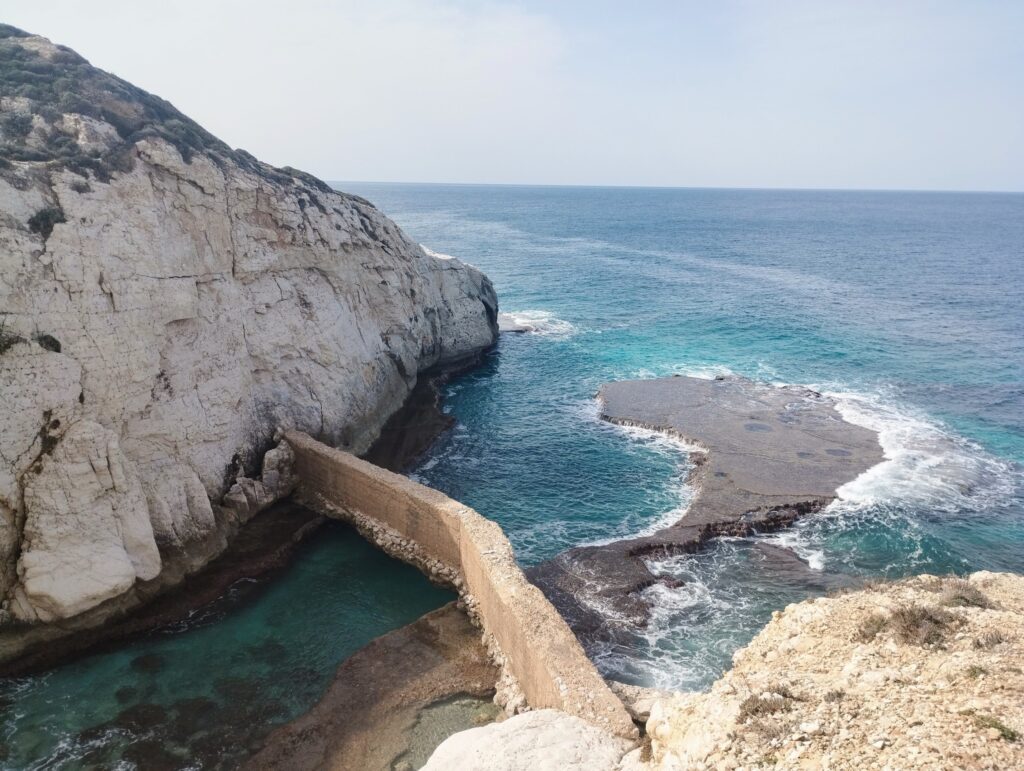
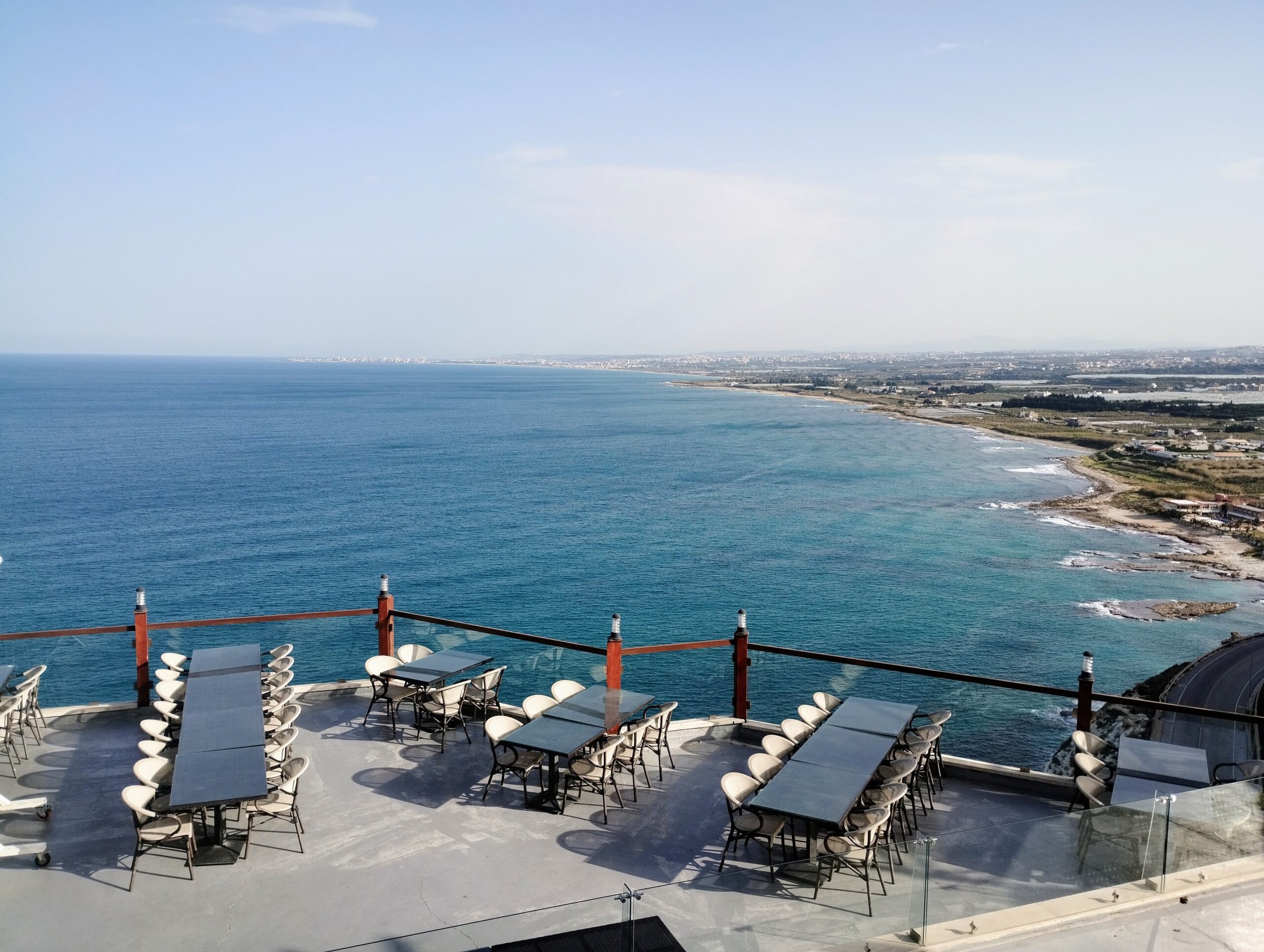
.
This coastal town is located right along the border, and it is home to some of Lebanon’s most gorgeous coastal scenery, as well as the cleanest water for swimming. It’s also home to the main UNIFIL headquarters, who are United Nations Peacekeepers tasks with patrolling the border areas.
2. Maroun Al Ras
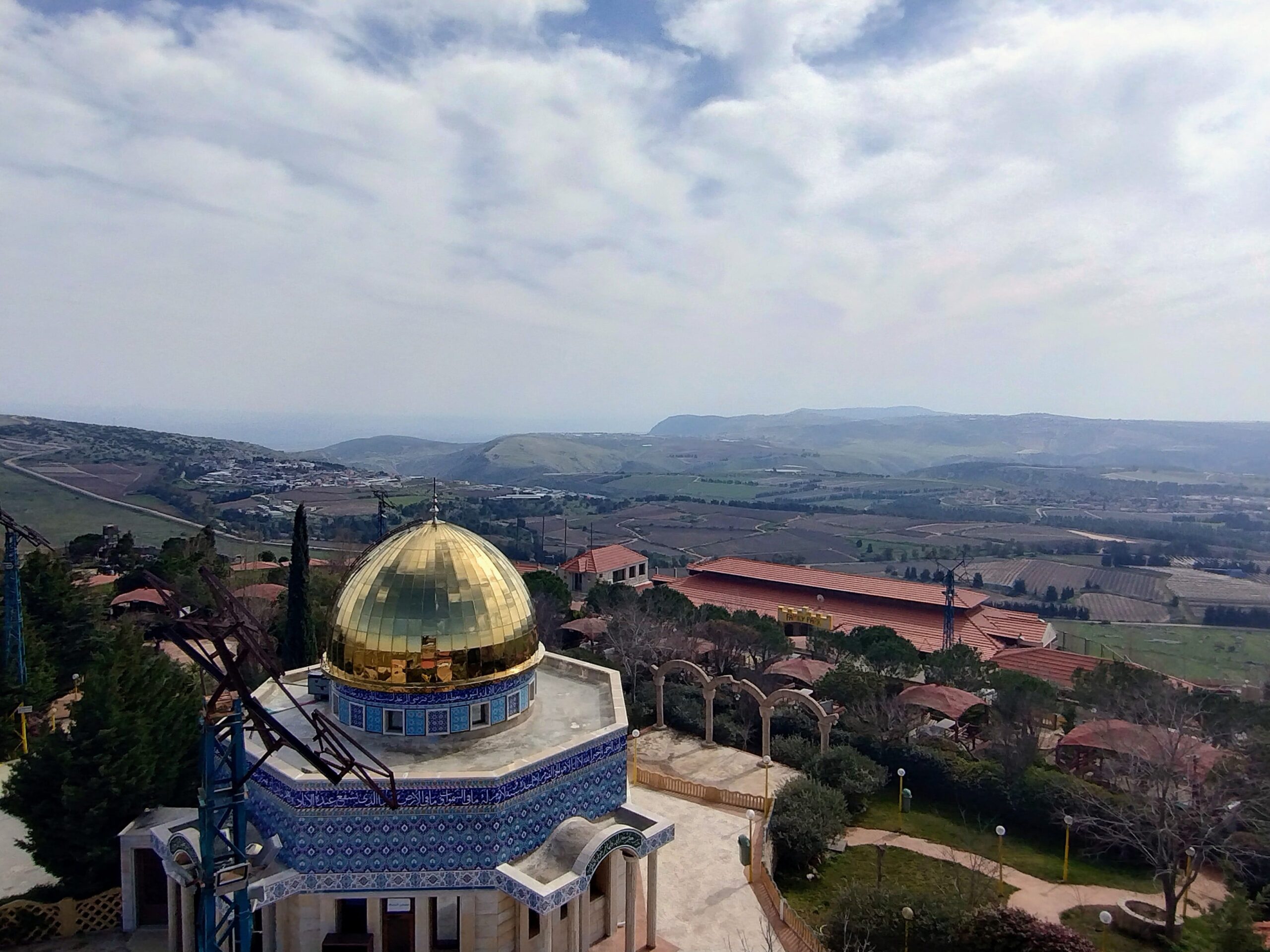
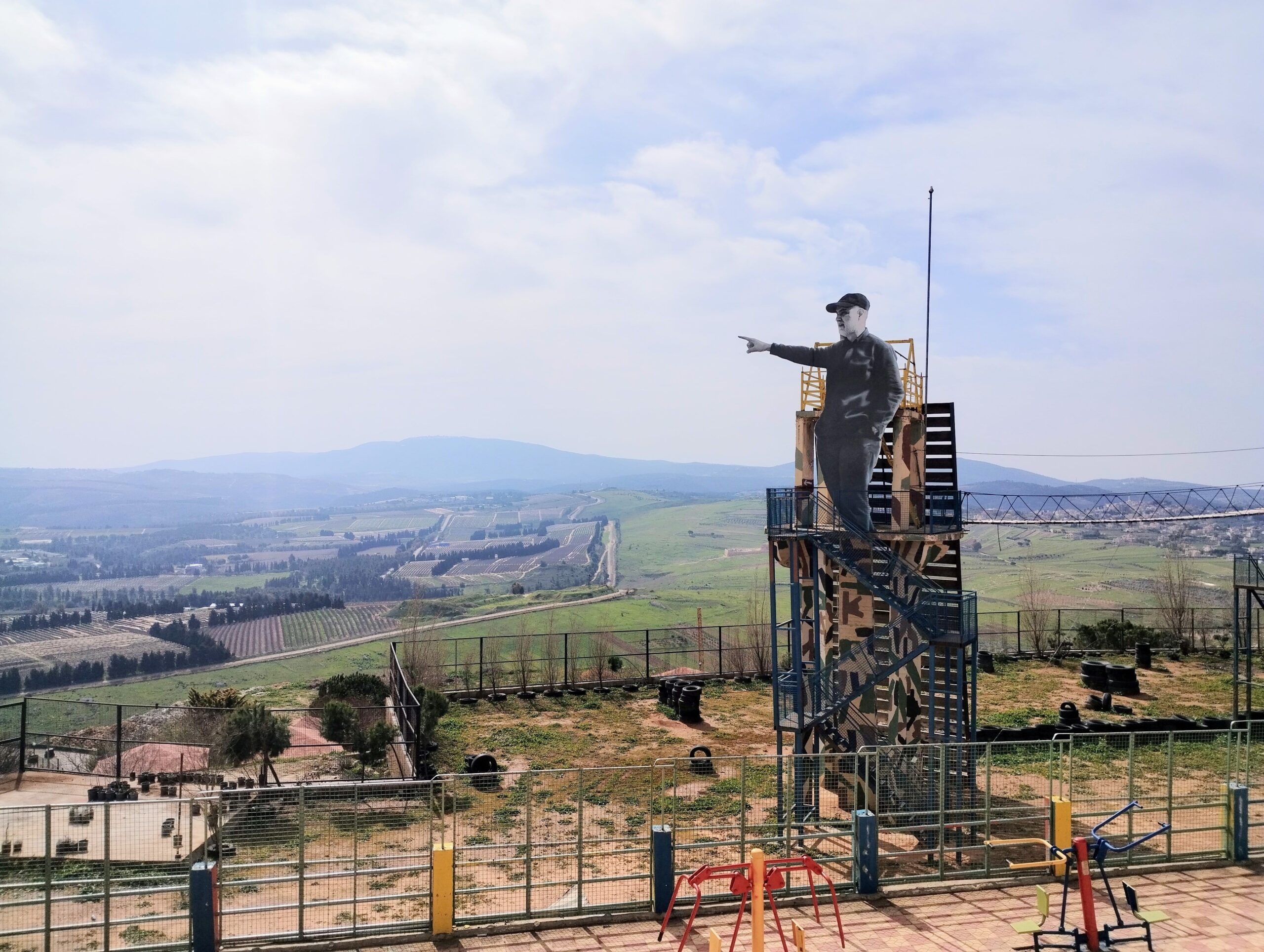
.
Now this place is a very “different” kind of tourist attraction, to say the least. Located overlooking the border, Maroun Al Ras is a village that’s not quite like many others. Politically driven, there’s a park overlooking the border called “Iran Park” which flies the Iranian flag high for the Israelis to see. There are also large areas for families to have picnics in, and for children to play. Two of the most interesting things to see there, though, are the small replica of The Dome of The Rock (part of Al Aqsa Mosque in Jerusalem) and the figure of Qasem Suleimani pointing towards Jerusalem. For those that don’t know, Qasem Suleimani was a powerful Iranian leader killed by a US airstrike in Baghdad airport in 2020.
3. Fatima Gate
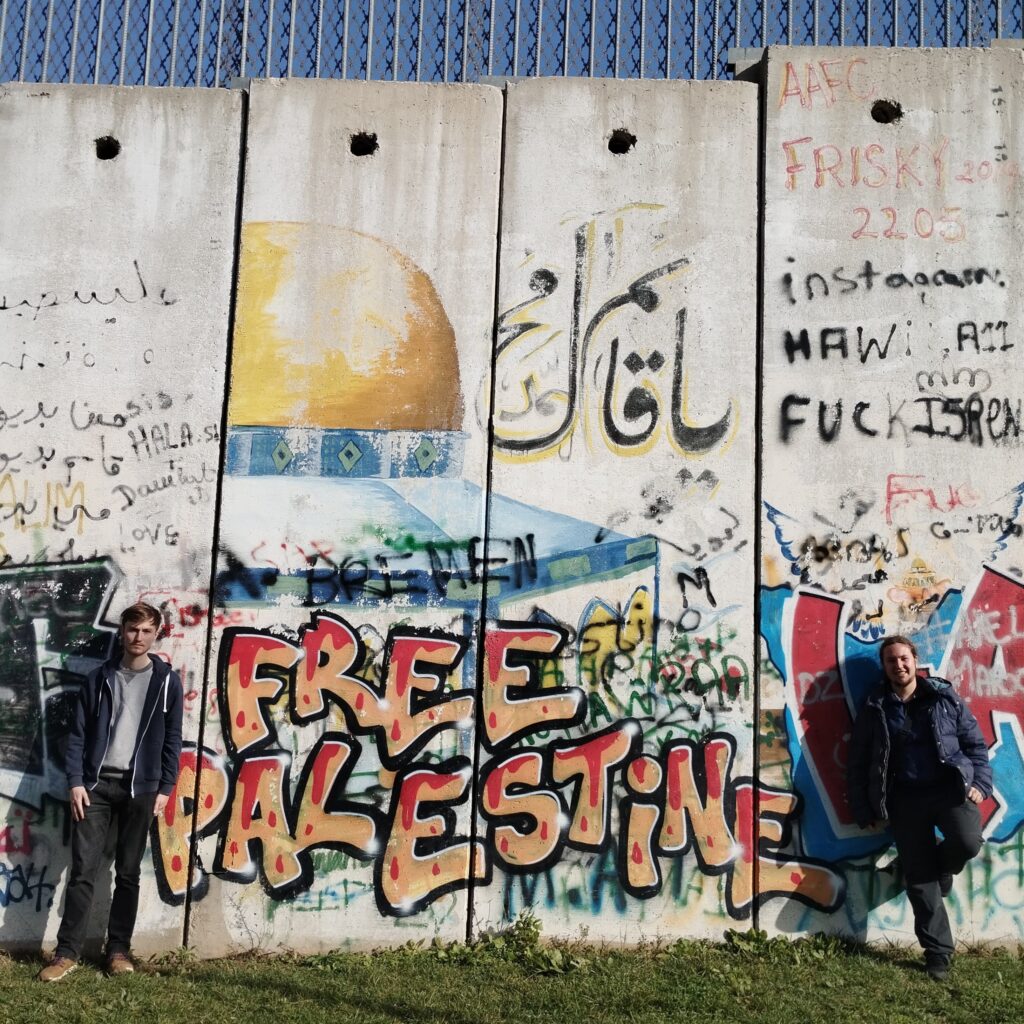
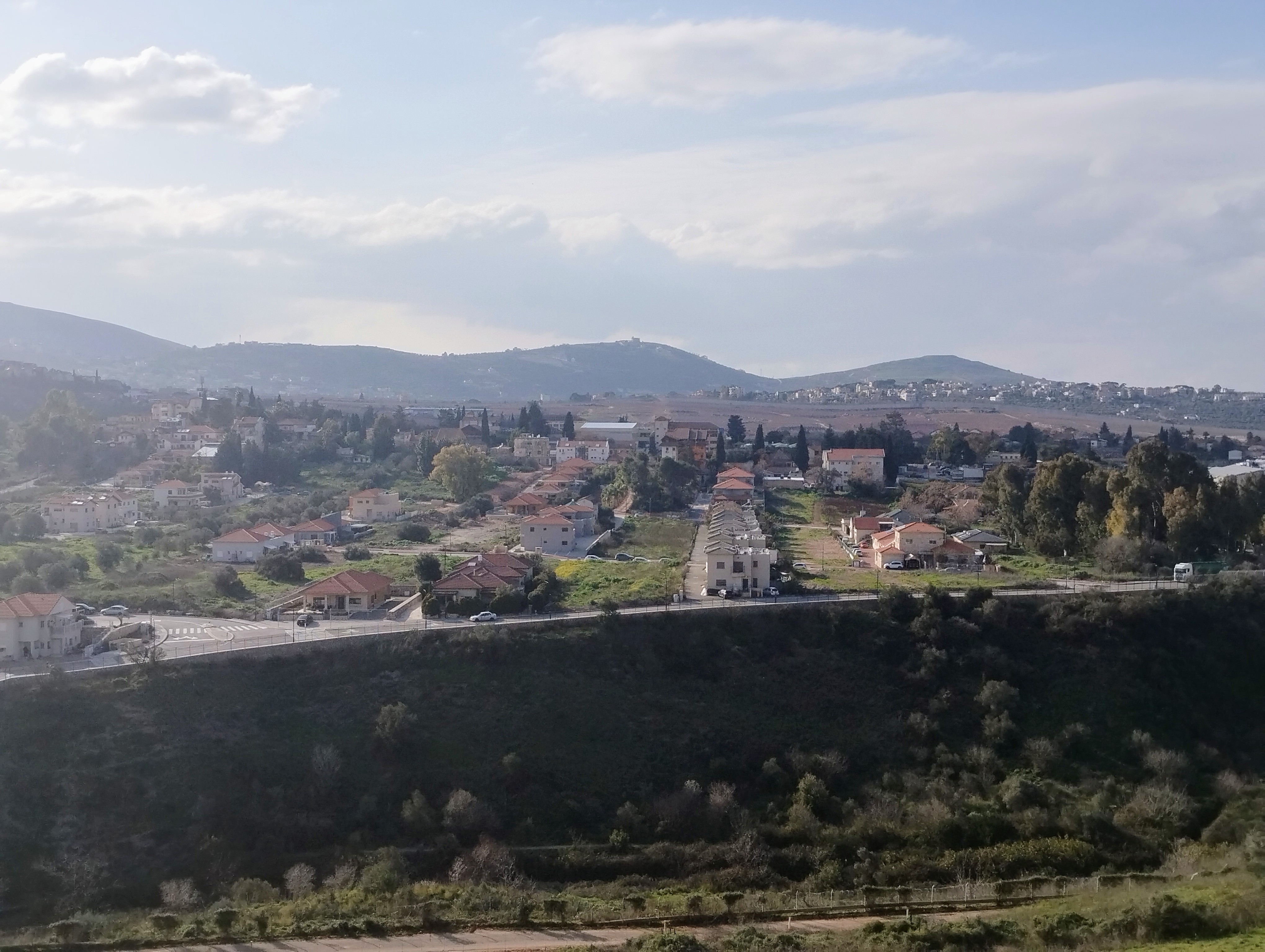
.
The Fatima Gate was an old border crossing point that was used during the time of the Israeli occupation of Southern Lebanon. Now, they’ve built a wall there, similar to the walls built by Israel in the West Bank. Just like in West Bank, the walls have been covered in graffiti, much of it political. It’s a very interesting and symbolic place to visit. Nearby, there’s a spot where you can have a crazy view accross the border, over the town of Metula. You can literally see people on the other side taking their dogs for a walk.
4. Wazani River
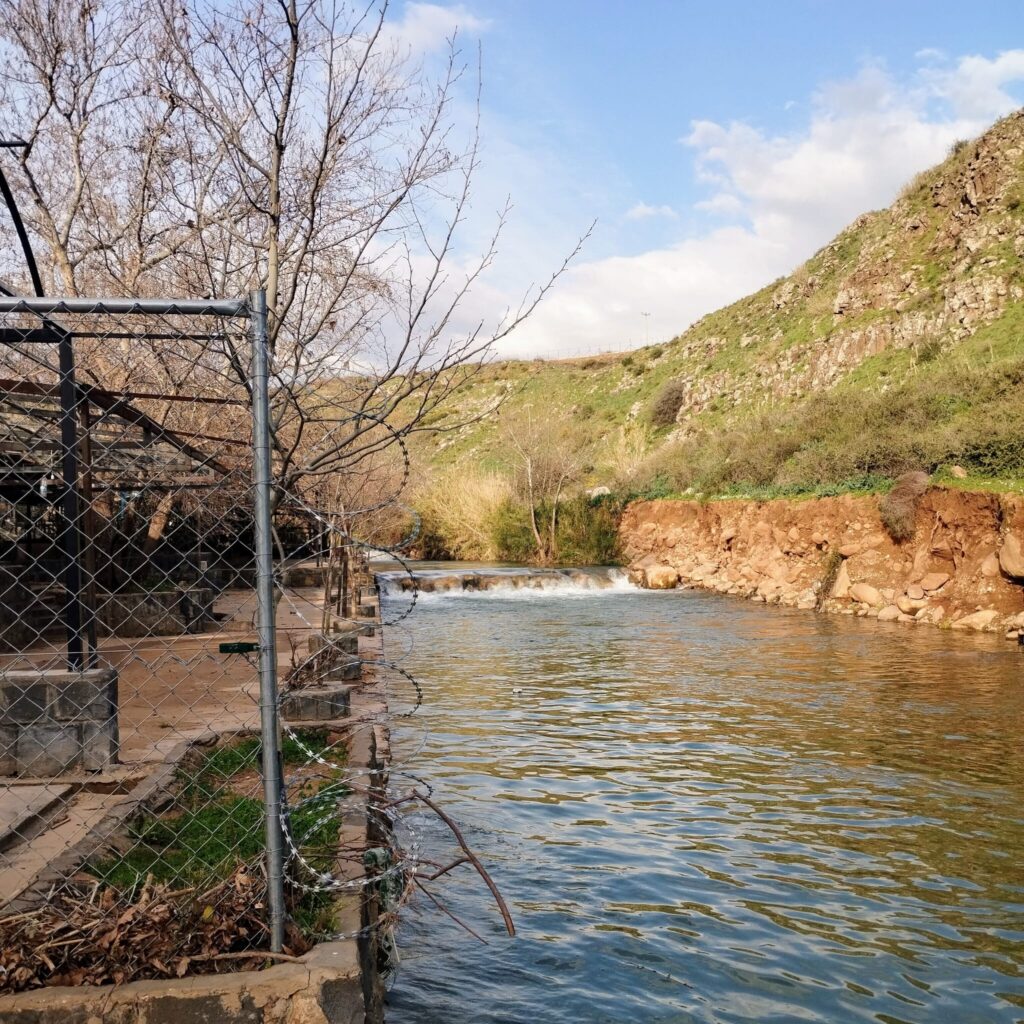
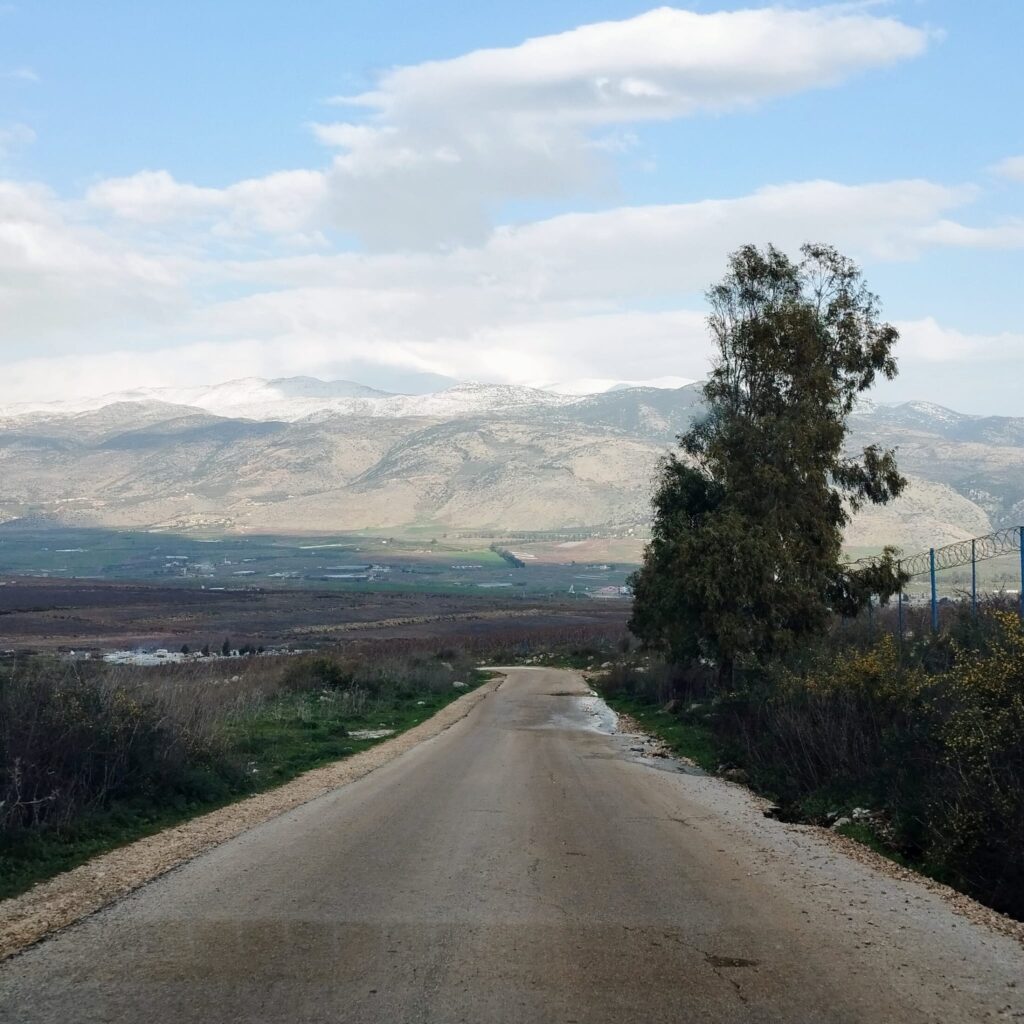
.
Another interesting place by the border! The Wazani river straddles the border, and on the Lebanese side, there are many restaurants by the water located only a few meters from the other side! But in this case, the land on the other side of the border is not historically Palestine, but is rather historically part of Syria. This land is the occupied Golan Heights, which has been occupied by Israel since 1967. The road to Wazani River is also beautiful, with views of Mount Hermon in the distance. You can click on the following Google Maps link to see where this place is located:
https://goo.gl/maps/eyAL15gwJx9y9bV1A
5. Al Khiyam Detention Camp
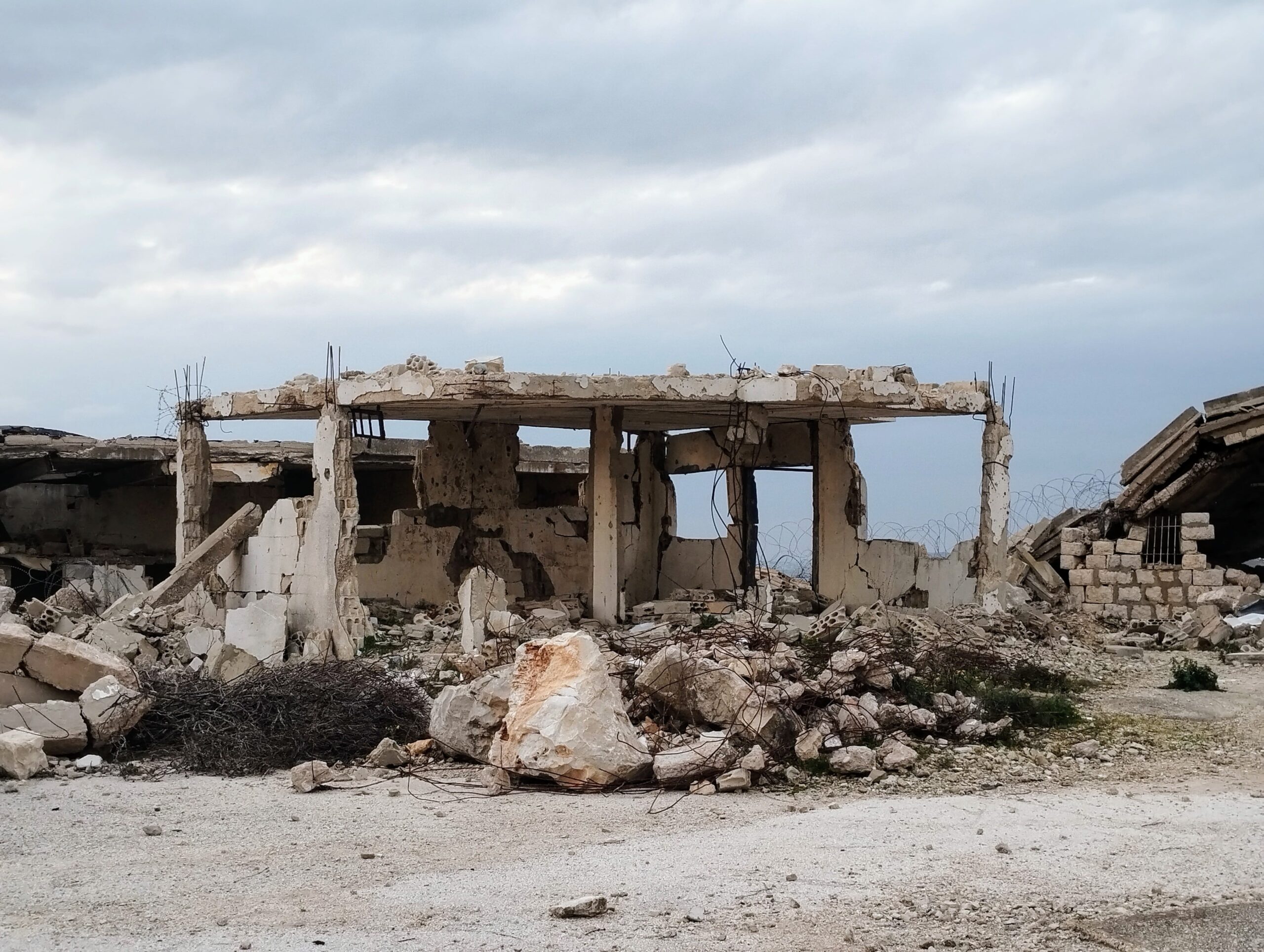
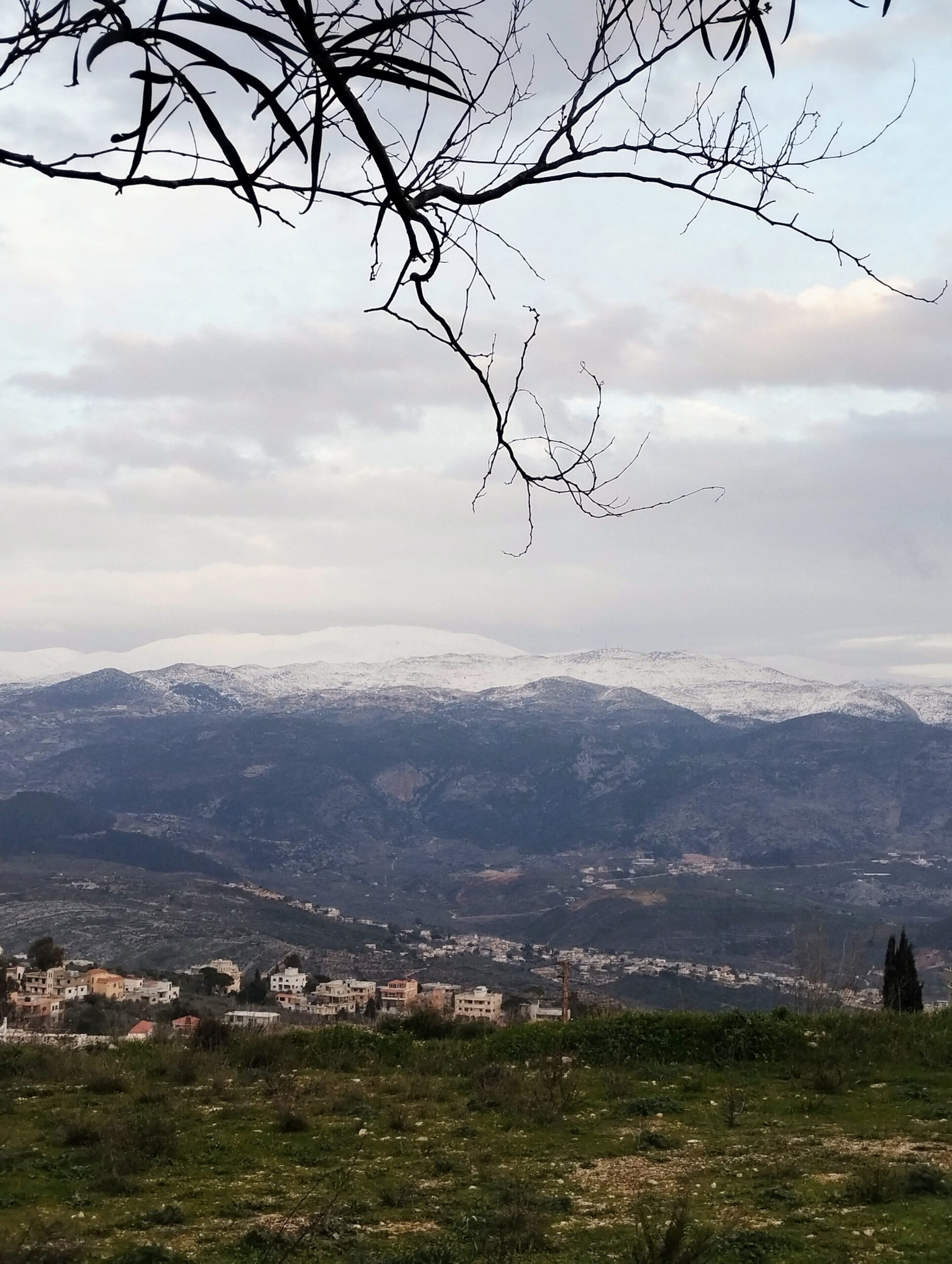
.
The detention camp of Al Khiyam village has a brutal story, but it’s worth visiting this place to learn more about it. It was originally built by the French to hold prisoners, but when Israel occupied the region, they used it, along with Israel’s Lebanese allies, to torture opponents and those suspected of being Hezbollah members. Then, after Israel withdrew in 2000, it became (at least to my understanding) a museum to show Israeli crimes. Then, it was bombed by Israel during the war in 2006, alledgedely to get rid of evidence of their crimes. Anyhow, it remains in a ruined state today, but it’s worth the visit. The nature around the town is also gorgeous!
Anyhow, that’s all for my list, although there are many other interesting places that you should keep in mind. For instance, the Roman ruins at Habbariyeh and the Druze town of Hassbaya, as well as the whole Mount Hermon region. Furthermore, even though it’s not in the area that requires a permit, the nearby Beaufort Castle is also spectacular and is totally worth visiting.
